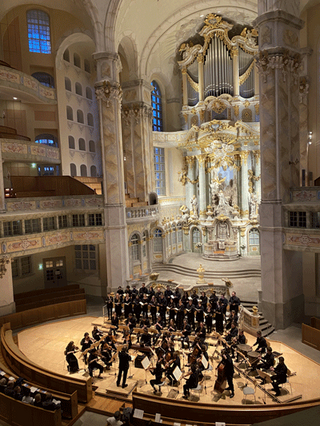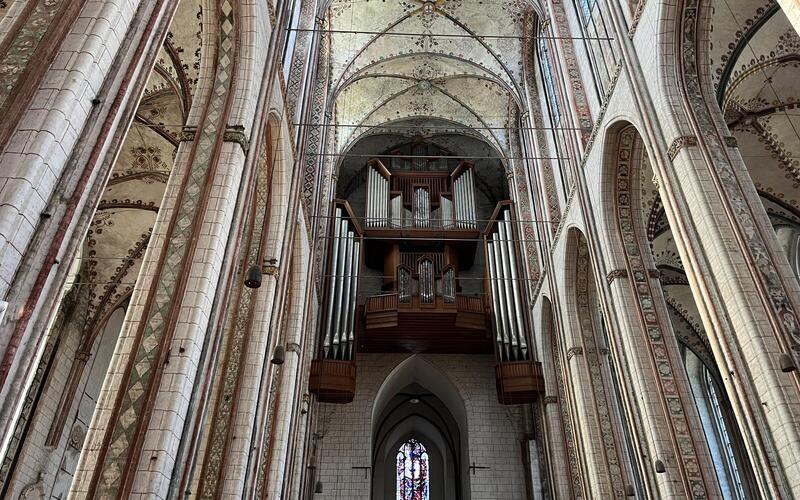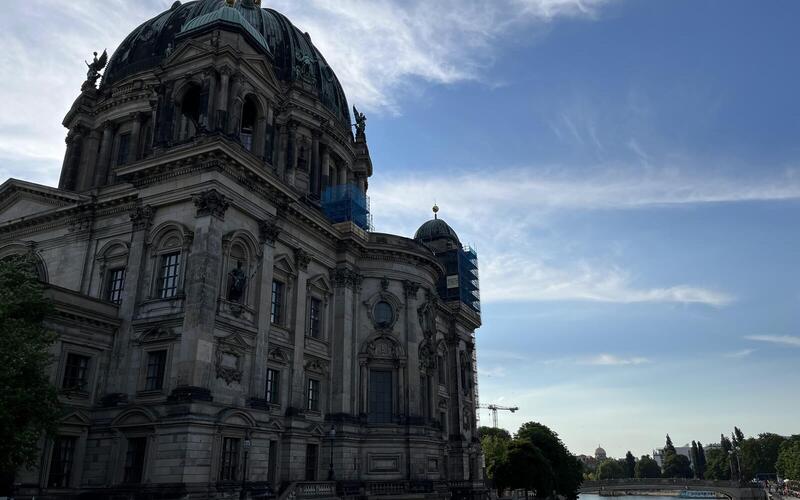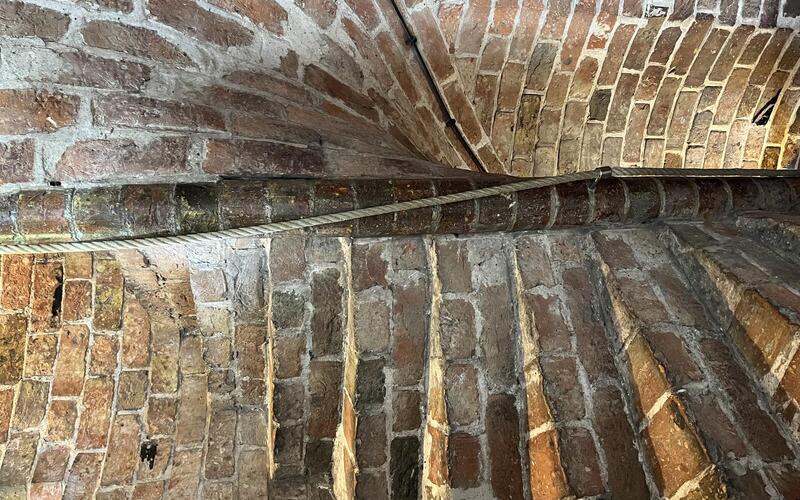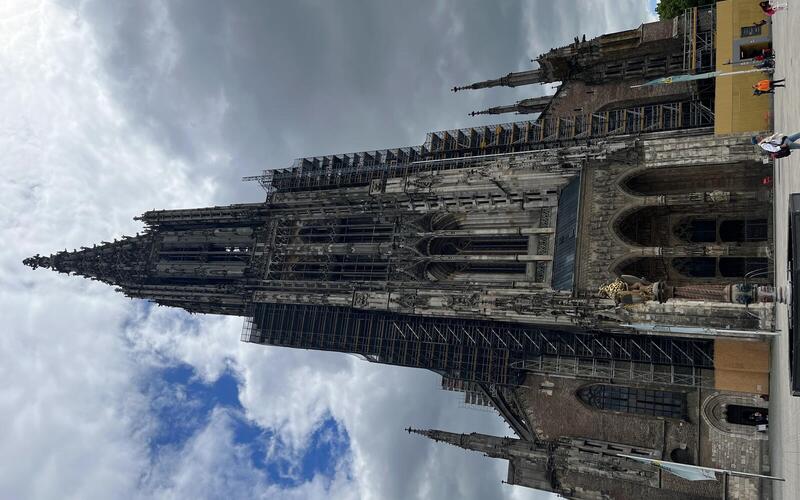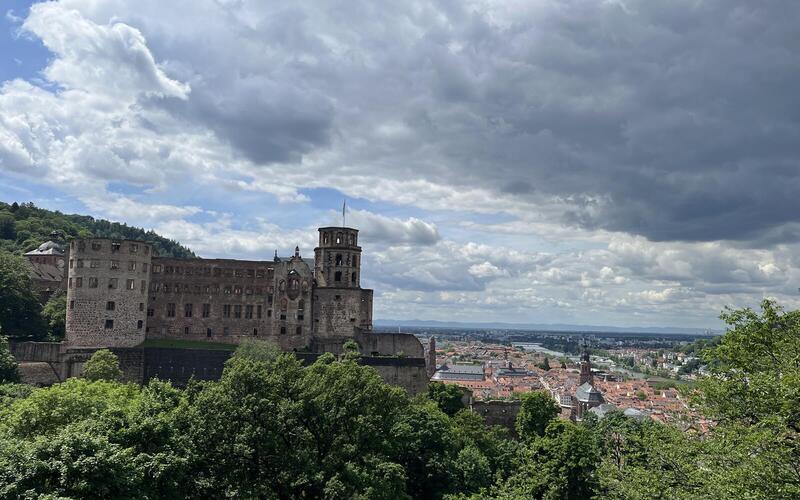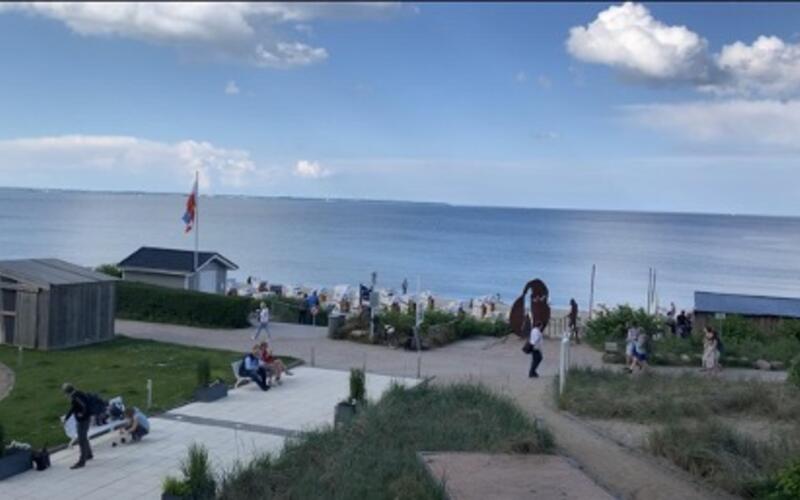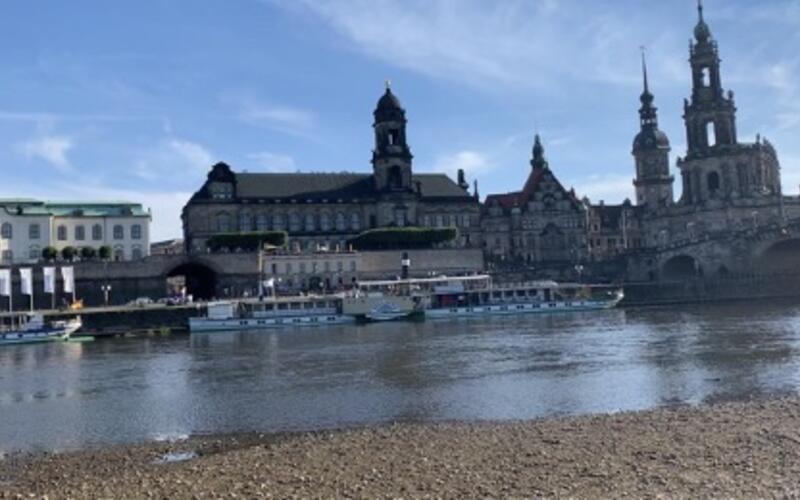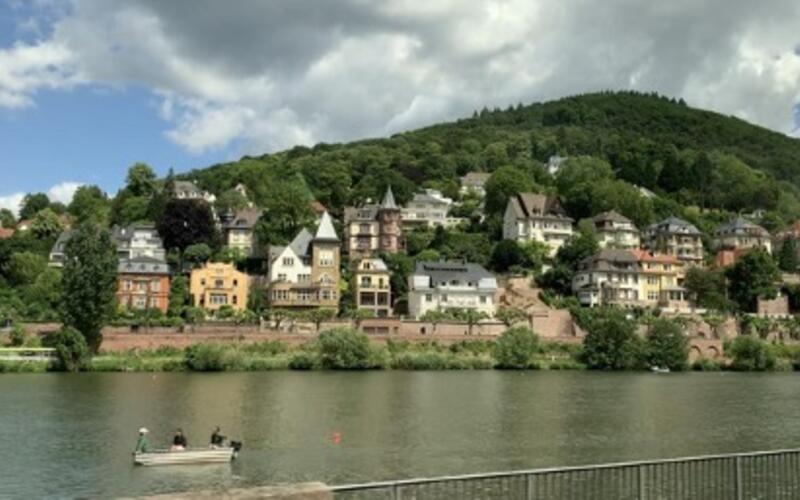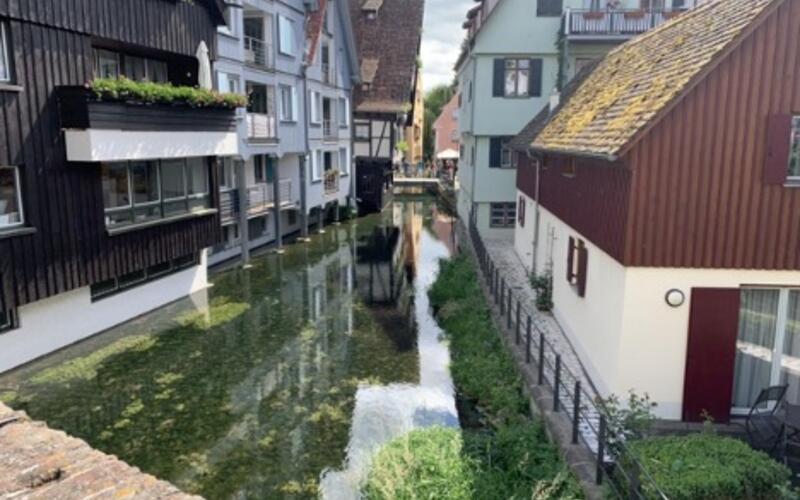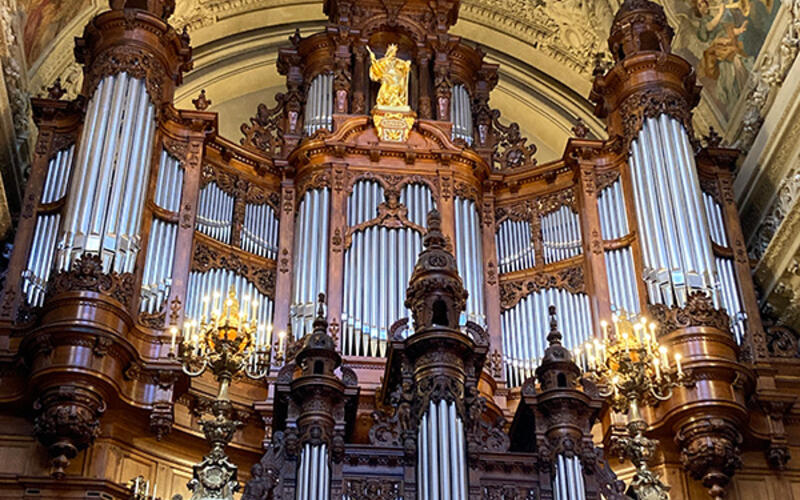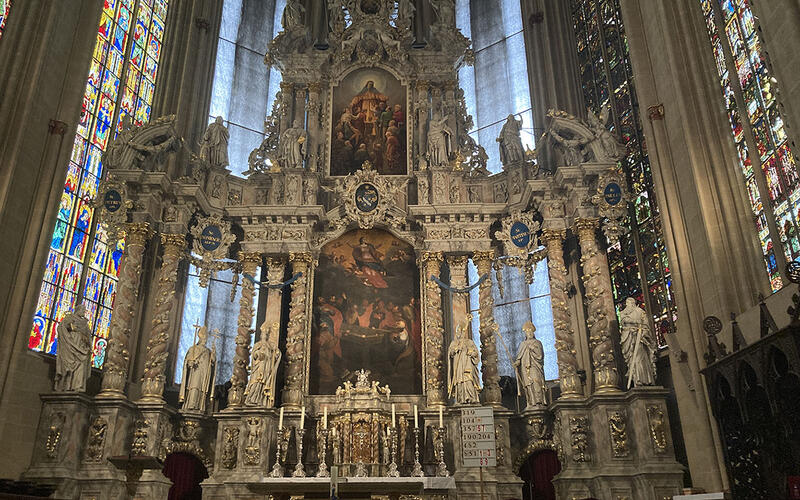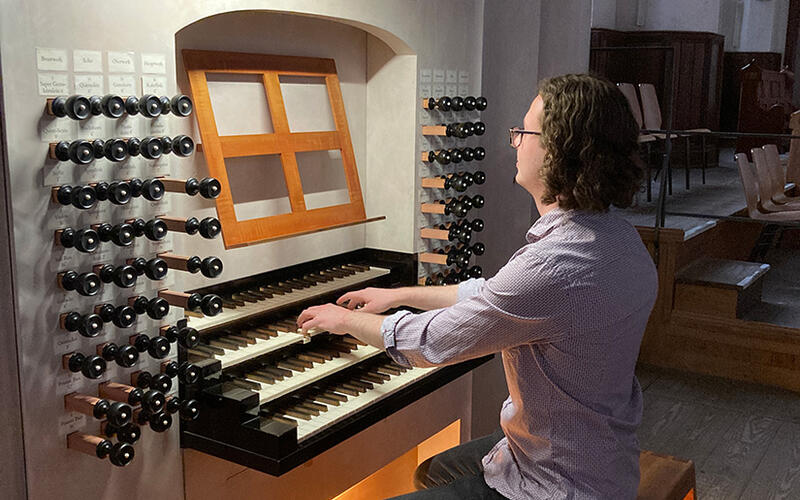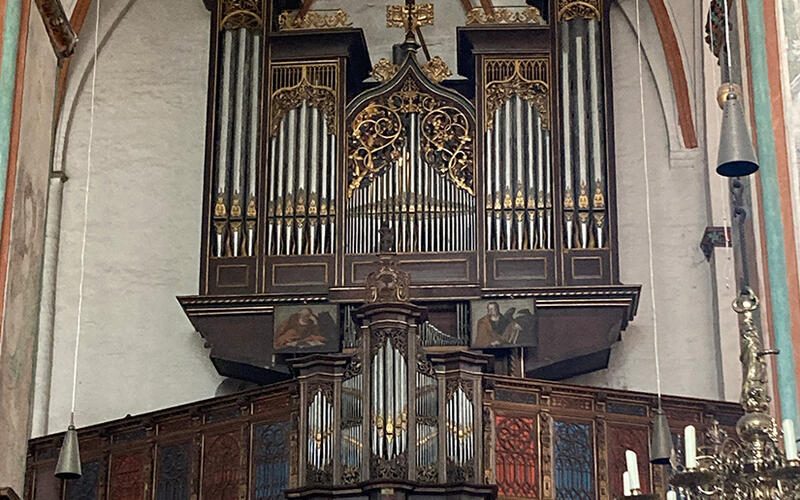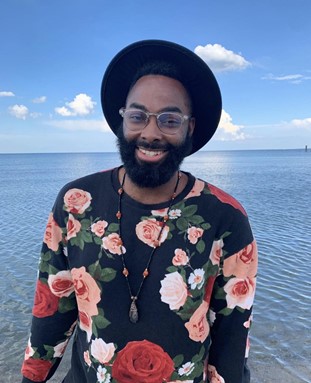“Woah…” everyone whispered as we wandered into yet another stunning sacred space. This magical moment of discovery in a new and historic place seemed to occur several times a day throughout Schola and Julliard415’s tour to Germany; yet, even as we entered the churches of Lübeck (the Marienkirche is pictured here) in the final hours of our trip, exploring every corner of a chapel or every stop of an organ, the wonder in everyone’s eyes never faded. Through these experiences, I was reminded of the extraordinary, interdisciplinary mission of the ISM and the magic of witnessing it in action through my first year of study, culminating with the tour itself.
Arriving at one of the many churches we visited felt much like those first days of the fall semester, with a grand impression of where we were and incredible anticipation of what was to come. Looking up at the monumental spire of the Ulmer Münster, knowing that we were about to climb it, was nearly as daunting as the leadup to our first rehearsals with Schola and the Repertory Chorus. Once we moved inside the structure, however, we all had a profound appreciation for the space we were in. Here, as at the ISM, music is paramount, symbolized by the many great organs we explored which often occupy a prominent space up in the loft, closest to God. As I climbed what seemed like endless, winding spiral staircases, these ascents also reminded me of the past year; while I ultimately knew where I was headed, the path upward had some twists and turns, with a few interesting branches off along the way. Though, like the landscape from the Heidelberg Schloss, the view from the top was well worth the steep climb. In reflecting on our experience in Germany and the first half of my studies, I am so appreciative of the space for music and art that is the ISM, for the journey here at Yale, and for the formative musical and personal experiences on tour.
